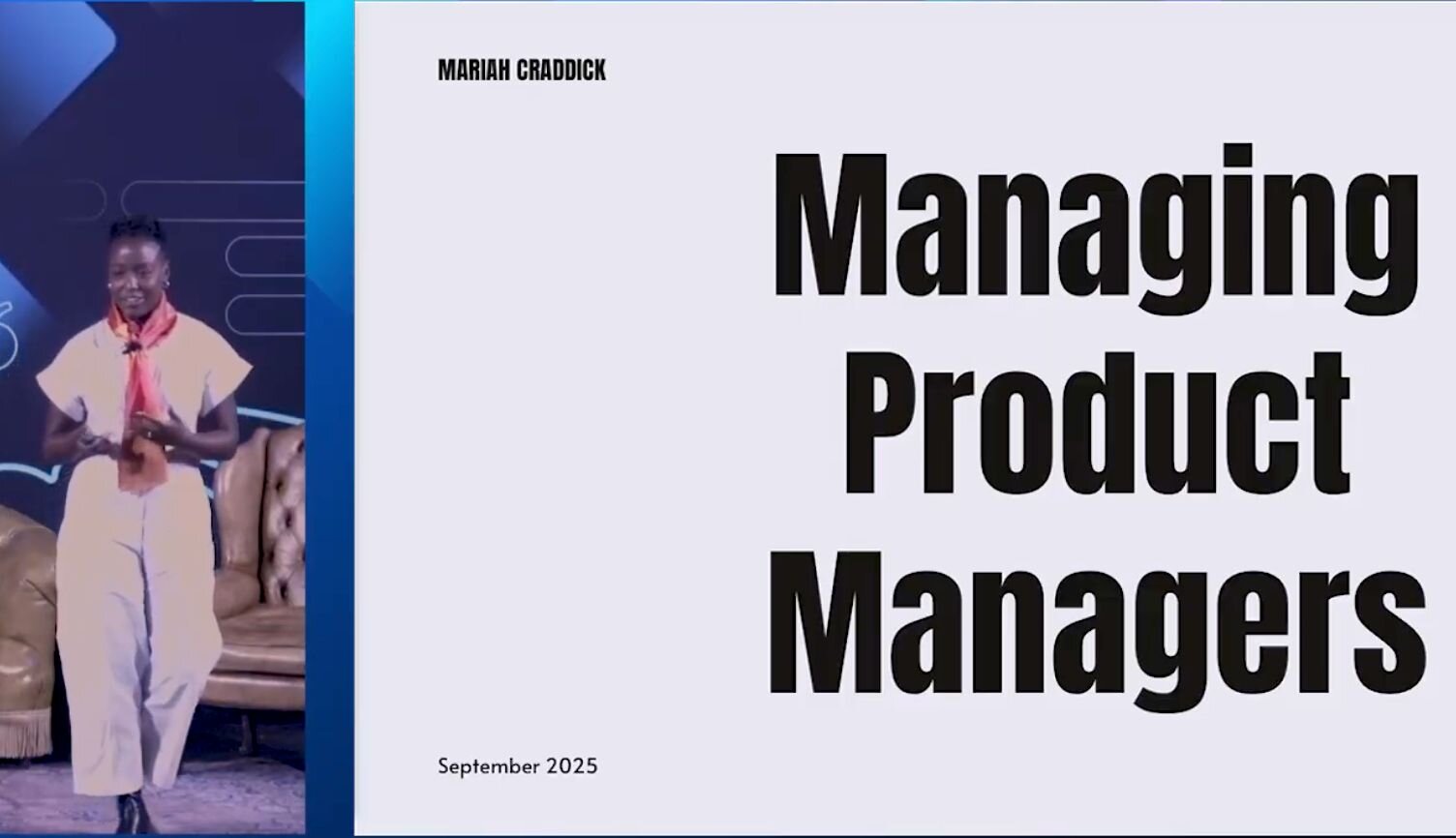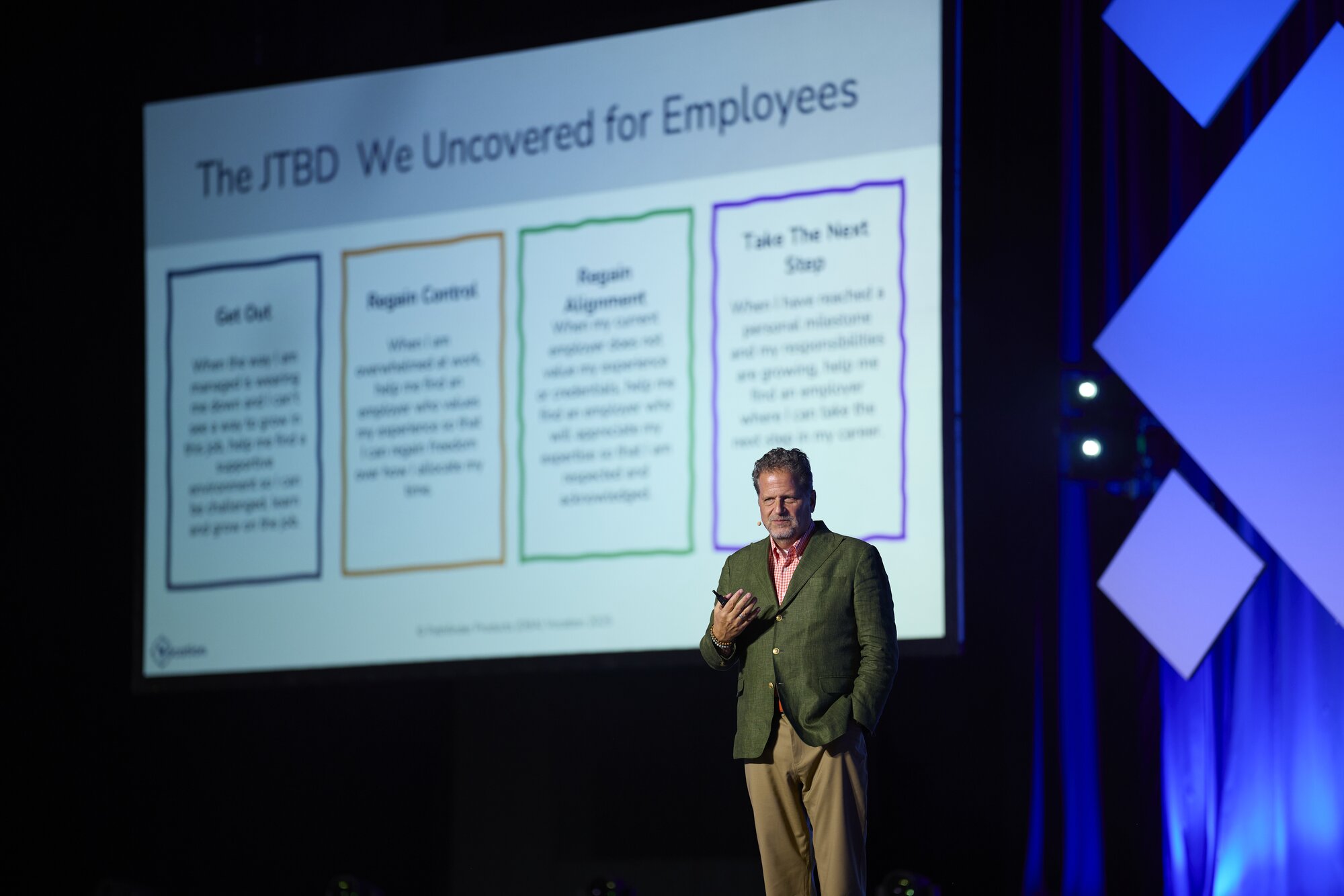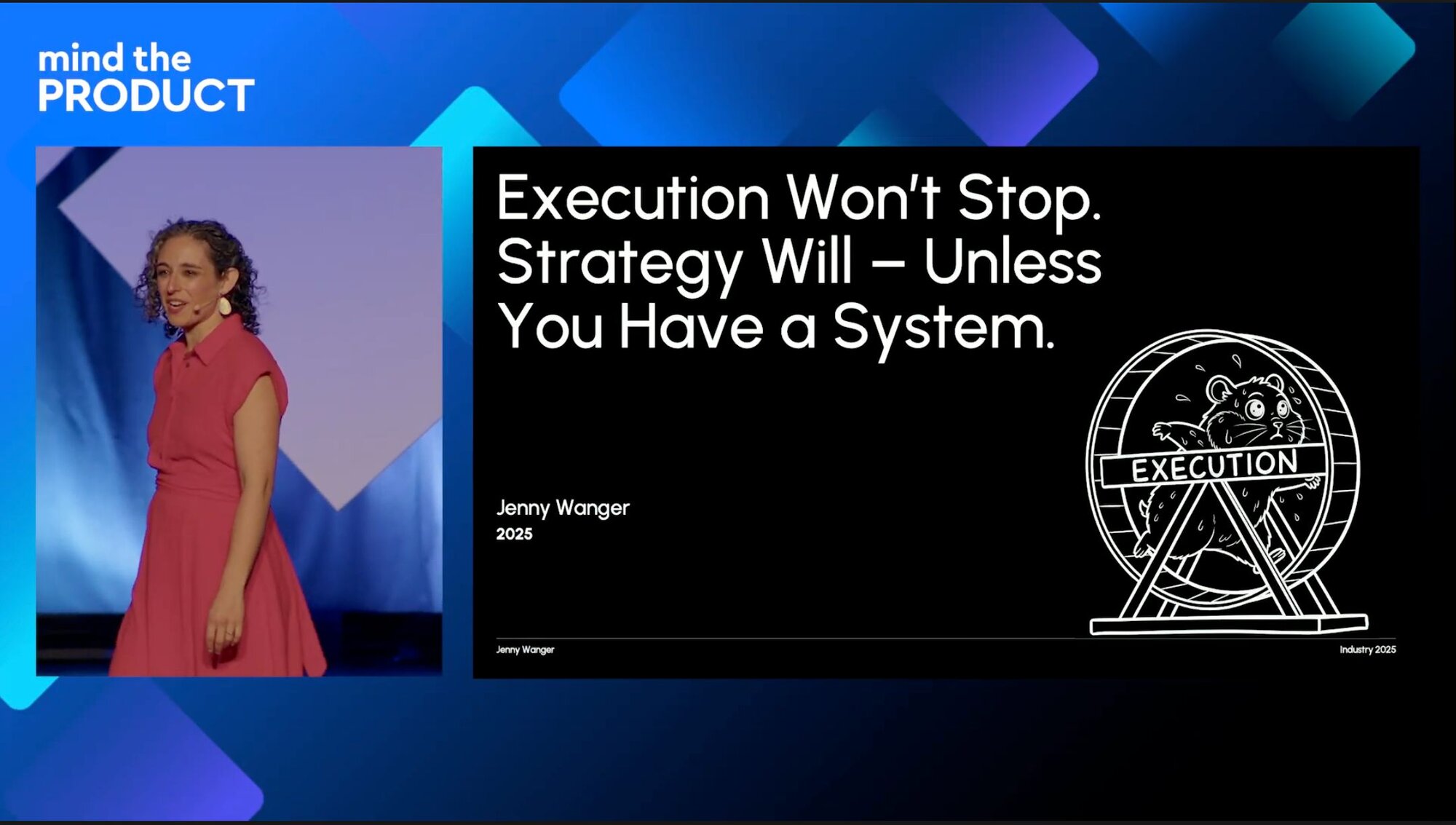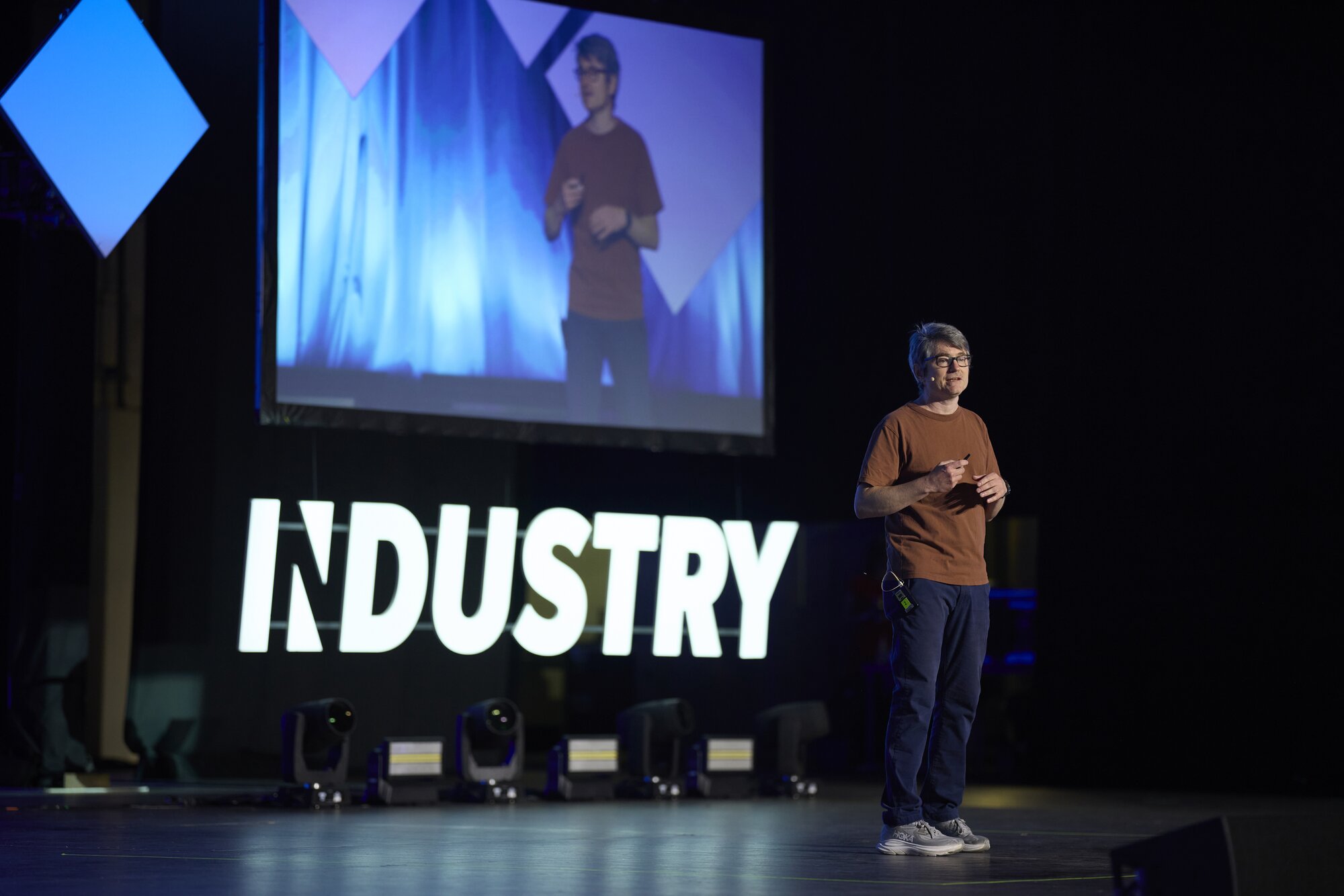In this #mtpcon Digital Americas keynote, Bruce MaCarthy, co-author of Product Roadmaps Relaunched, Founder of Product Culture and President of the Boston Product Management Association analyses the learnings of product-led organisations that achieved the impossible and changed the world.
Watch the video to see Bruce's talk in full (Mind the Product members can also watch the recordings of all our #mtpcon Digital Americas talks here). Or read on for an overview of his key points.
Bruce begins by examining the Tesla Model S P85D, which upon release, broke the Consumer Reports rating system with a score of 103. It was notable for a number of reasons, not merely because the scale only went to 100, and few cars had ever reached a 90s grading, but also as the car became a pivotal product which shifted the focus of the entire automotive industry towards electric innovation.
“And what's really remarkable about that,” Bruce explains, “is that 20 years ago, GM tried to do exactly this. And they concluded it was impossible.” He references General Motors’ EV1, a car that was shelved after four years of positive reviews, for “while the technology was viable, the business deemed it not as a product, therefore it did not change the world”.
Making the impossible possible
Bruce explores other expectation-defying innovators:
- FedEx – CEO Eric Schmidt once detailed the Federal Express business model in an economics term paper. His professor, while impressed, stated, “I can't give you better than that because it's just not feasible".
- Apple – An innovator that has established about “80% of the global profits on smartphones in the world today with one product”.
- Porsche – A company that avoided bankruptcy to become, as the CEO once put it, the “most profitable car maker in the world, despite their small niche” with record-shattering successes at Le Mans. And while the company was acquired by 60-time-larger rival Volkswagen in a merger that “went the other way”, the Porsche family is still the largest single stakeholder in VW.
- Netprospex – Bruce describes how in his own startup “we built the largest, the most accurate email B2B database in the world and we gave it away for free. And yet, we doubled revenue every year for six years running before we were acquired”.
A recipe for product culture
What’s important to understand, Bruce says, is that success is “really not about technology. It's really not about any particular structure, or words or toolset. It's really about habits of mind – it's really about culture.”
He points to 3 requirements:
1. Vision
A compelling vision of the future where people are powerful and capable, and accomplish great things – even the seemingly impossible.
Bruce references Blackberry – a company once the height of popularity, now absent from the smartphone industry. “Blackberry misunderstood the role that they played for customers”, he explains, pointing to how their vision did not align with their customers, “they thought, ‘oh, well, we make corporate communications devices’, no, what they made was an icon for people to join the tribe of the elite people who are spanning the globe”.
Quoting Radhika Dutt, Bruce explains that “your product is a vehicle for creating change in the world” – it’s synonymous with its value proposition. For the customer, Bruce says, your product’s “ultimate job-to-be-done is to elevate me to be more powerful and awesome”.
2. Strategy
Commercially viable opportunities that form each step towards realising the ultimate vision.
In 1989, General Magic designed the Magic Link, a wireless handheld touchscreen device that featured multiple apps, “meant to be always on, always connected […] almost 20 years before the iPhone came out.” The product was released as a wired, oversized bulky object with little functionality Bruce explains, “they tried to get there all the way to the iPhone, before the technology, before the infrastructure, before the network was ready”.
Apple, a company that inherited a large number of former General Magic employees then built the iPod – a product that does “1/10th of what the iPhone does today, or what the Magic Link was supposed to do back in the day”. Each commercially viable iteration brought with it new features which led Apple to the iPhone. “Did they announce upfront that they were shooting for this iPhone? No, but they all had it in the back of their heads.”
3. Team
The right kind of team, Bruce says, referencing Marty Kagan, is made of “missionaries, not mercenaries” – a group of people dedicated to realising and reaching the impossible vision.
To highlight how a team can be vision driven, Bruce describes how co-author Evan Ryan is no longer called Head of Product at Wayfair, where he oversees 120 people, but is titled General Manager. The role reflects changes Bruce recognises in the industry, “I'm seeing increasingly, product teams graduating to becoming outcome teams and becoming even more cross functional.” He references how, while product-based and responsible for the Wayfair product images, the Wayfair team are measured on add-to-cart rates, checkout rates and reviews, rather than quality or number of images because “creating a good experience for the customers that make them want to come back and drive that business forward.”
Bruce concludes by reminding us to look at vision, strategy, and team when understanding the journey to achieve impossible outcomes. “Maybe this sounds obvious”, he says, “but a lot of companies are not doing it this way and that's where the differentiation comes in.”
Explore more #mtpcon video content or use our Content A-Z to find even more product management content.






